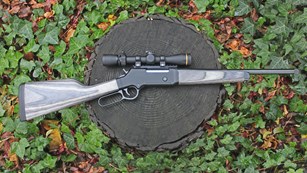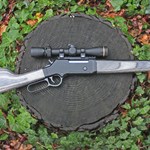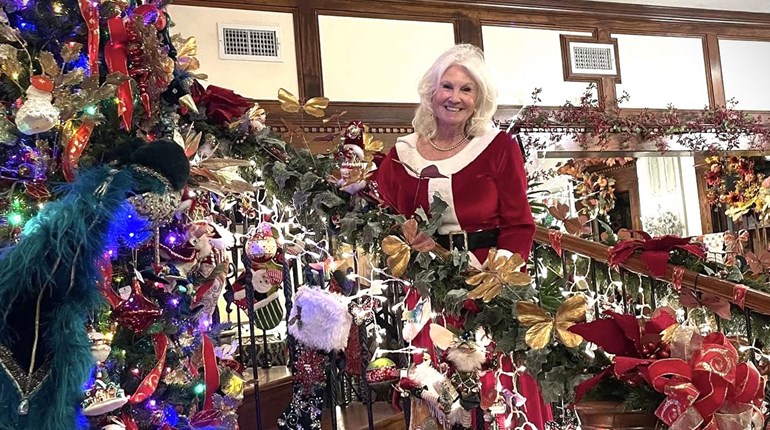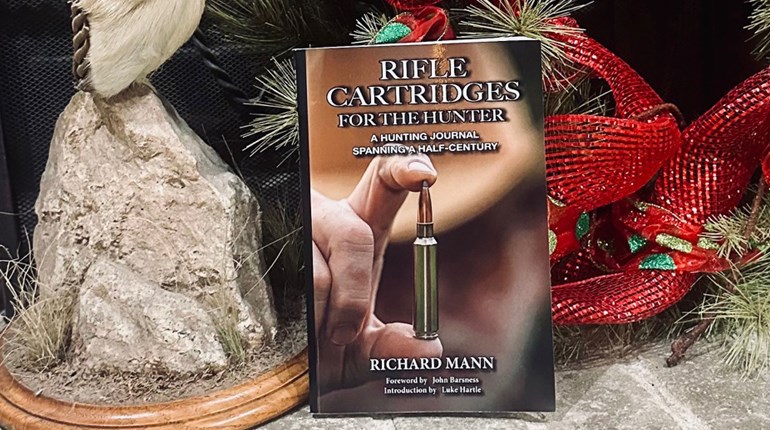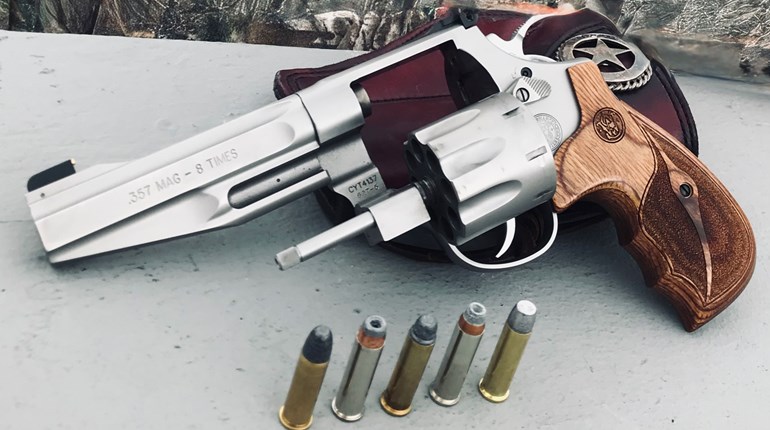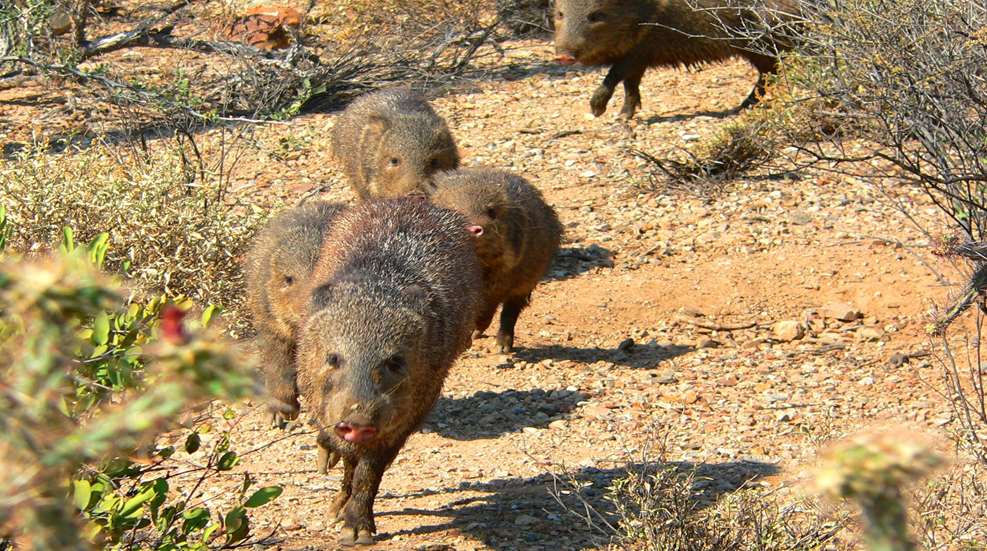
Javelina, also called the collard peccary, have been part of the Central American landscape for millions of years. These feisty little critters migrated to the southwestern United States around 250 years ago. The first recorded sighting of this pig-like imposter is in a written account by a Jesuit missionary in the 18th century. Javelina served as an important food source for the indigenous peoples of Central America and for large predators such as the mountain lion.

Javelinas in the United States can only be found in the southwestern states of Texas, New Mexico and Arizona. These animals enjoy the status of “large game animal” with all the protections afforded to game animals such as deer, elk and antelope. There are an estimated 200,000 to 300,000 javelinas in each of these three states, offering hunters who are looking for a new hunting experience 600,000 to 900,000 opportunities.
On December 11, 2024, the Boone and Crockett Club announced that it was creating a new big game category for javelina. This is a big deal for all hunters, regardless of whether they enjoy general hunting opportunities, or for those who look for potential record book trophies. This was accomplished by a proposal by wildlife managers in Texas, New Mexico, Arizona and Mexico to the Boone and Crockett Big Game Records Committee. The new category for javelina was then unanimously approved during the club’s annual meeting in Charlotte, North Carolina.
Adding new categories of big game animals does not happen very often. When the Boone and Crockett Club added javelina as a new big game category, it was the first time since 1998, 26 years ago, that an animal was granted this honor. In 1998, the California Tule Elk was added as a new species and granted a big game category. In 2001, two subspecies of blacktail deer, the Columbian and Sitka, were added for a non-typical category.
If you are not familiar with the southwestern landscape, you may be wondering, “What is a javelina?” Though javelina may look like a wild pig, that would be the furthest thing from the truth. Javelina belongs to the peccary family. They are more closely related to sheep, goats and deer. These new game animals are even-toed ungulates. This means that their weight is evenly distributed on their third and fourth toes.
Javelinas are oftentimes confused with pigs because they look like pigs. They have a pig-like snout, short legs, stout body, two large tusks, and a plump round rear, minus the curly tail. They weigh between 40 and 60 pounds. Their hair is very course like a wild hog. The javelina’s hair is alternating black and white giving them a mottled appearance that is great for camouflage against the desert backdrop. There is also a white “collar” around the neck. This is why they are sometimes called collared peccary.
These critters stand up to 2½ feet tall. They have an excellent sense of smell and poor eyesight. They communicate through a series of sounds and emitting musk-type smells. When angry or presenting a defensive posture, javelina charge, clack their tusks, or make barking or growling sounds.
Javelina often travels in groups that can have 40 or more of these animals. The larger boars tend to travel alone or in very small groups with other boars. Groups of javelinas are called squadrons. A squadron of javelinas is truly a sight to see.
Many uninformed hunters often mistake javelina for wild hogs. This can put them at odds with game laws. While wild hogs can be shot year-round and have very few, if any, regulations, laws regarding the taking of javelinas are strictly enforced. Unlike wild hogs, javelinas cannot be shot and just discarded. There are license requirements and seasons. Javelinas must also be kept in edible condition.
Javelina are often seen while hunting whitetail or mule deer. They can also be hunted on their own. Setting up a blind on game trails and near water sources are often very productive, especially around their food source. Javelina eat a variety of desert plants and fruits including mesquite beans, jojoba nuts and their favorite food, prickly pear catus. They can also be called up. Predator calls can be used because they are very curious, often investigating sounds.
Javelina are hunted by firearms and archery equipment. Because they have poor eyesight it is relatively easy to get within bow range. Remember that these animals have an excellent sense of smell, so it is important to remain downwind. Just be mindful of shifting winds or changing direction.
What do you do with a javelina after you take it? Javelinas have a strong taste that many individuals do not like. I have only met a few people who like the taste. Some hunters make jerky out of the meat. Most hunters have life-sized body mounts or shoulder mounts of the javelina they take. There is no doubt that javelina mounts impress anyone who sees it!
People who live in javelina country often have many comical stories regarding this icon of the desert and brush landscape. My husband recounts stories about camping in south Texas. He jokes how javelina always comes for breakfast. The problem is that you never know when!
When frying up bacon and eggs over the fire, squadrons of javelinas would often suddenly appear and run through the campsite, clicking their tusks, grunting, and knocking over stoves, pans of food, and anything else not staked down. While this was going on, all the campers would jump on tables, climb trees, or do anything else to get out of the way of these blind critters running amok. Javelinas may be relatively small, but their tusks can open a leg like they are armed with razor blades. During these unannounced visits, everyone laughs until tears are rolling down their faces!
Javelinas are just cool! There is no other way of putting it. Plan a javelina hunt if you have never done so to experience something new. If you find yourself in javelina country, keep a sharp look out for these funny little critters. Javelinas are sure to entertain you whether you are hunting, wildlife-viewing, or just taking a walk!










